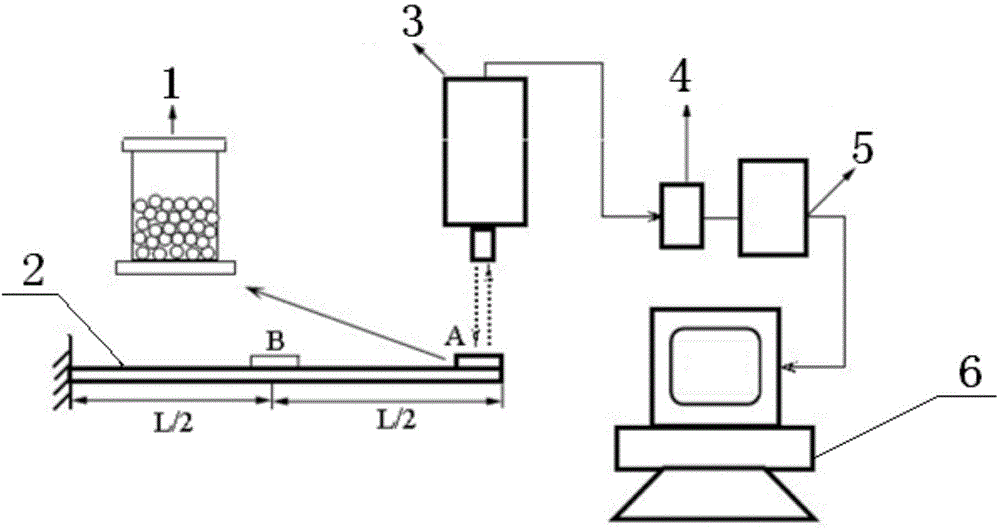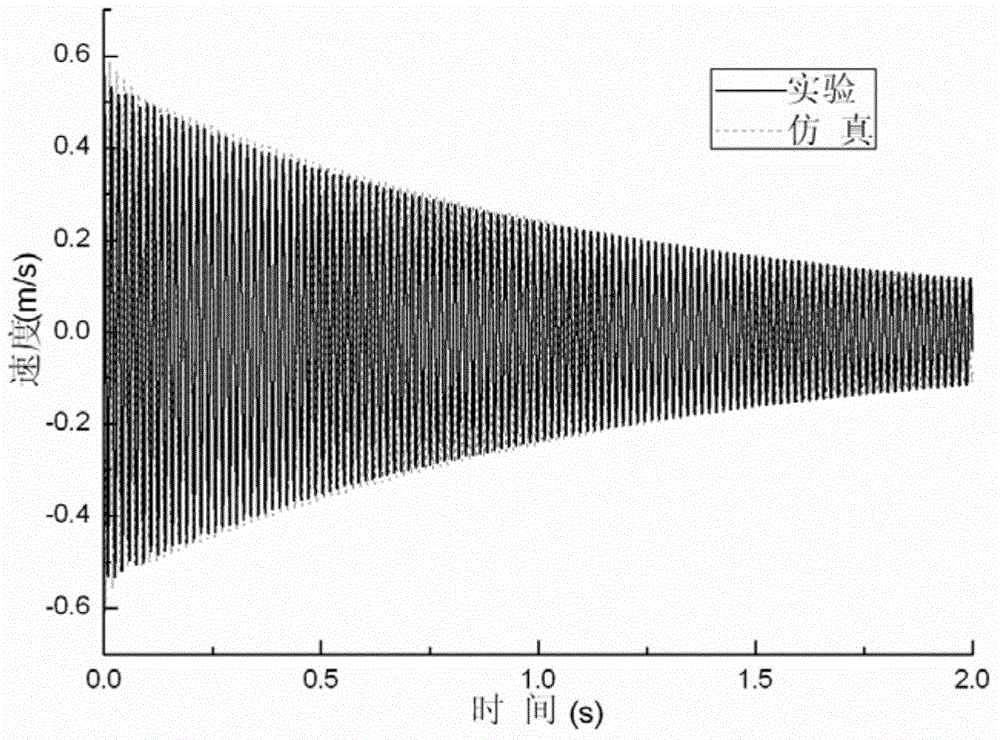Particle damping structure vibration response estimating method based on gas-solid two-phase flow theory
A particle damping and structural vibration technology, applied in the field of shock and noise reduction
- Summary
- Abstract
- Description
- Claims
- Application Information
AI Technical Summary
Problems solved by technology
Method used
Image
Examples
Embodiment Construction
[0038] The present invention will be described in further detail below in conjunction with the accompanying drawings.
[0039] 1. The method for predicting the response of particle damping structures based on gas-solid two-phase flow theory provided by the present invention includes the following steps:
[0040] 1) The energy dissipation mechanism of particle damping includes the friction and collision between particles and the cavity wall and the friction and collision between particles. From the perspective of energy dissipation, the present invention only considers the interaction between particles and ignores the interaction between particles and cavity walls. This is because the DEM simulation found that although the interaction between the particles and the cavity wall has a great effect on energy transfer, the energy dissipated by the interaction between the particles and the cavity wall is very small.
[0041] Therefore, the present invention collects the density ρ of...
PUM
 Login to View More
Login to View More Abstract
Description
Claims
Application Information
 Login to View More
Login to View More - R&D
- Intellectual Property
- Life Sciences
- Materials
- Tech Scout
- Unparalleled Data Quality
- Higher Quality Content
- 60% Fewer Hallucinations
Browse by: Latest US Patents, China's latest patents, Technical Efficacy Thesaurus, Application Domain, Technology Topic, Popular Technical Reports.
© 2025 PatSnap. All rights reserved.Legal|Privacy policy|Modern Slavery Act Transparency Statement|Sitemap|About US| Contact US: help@patsnap.com



